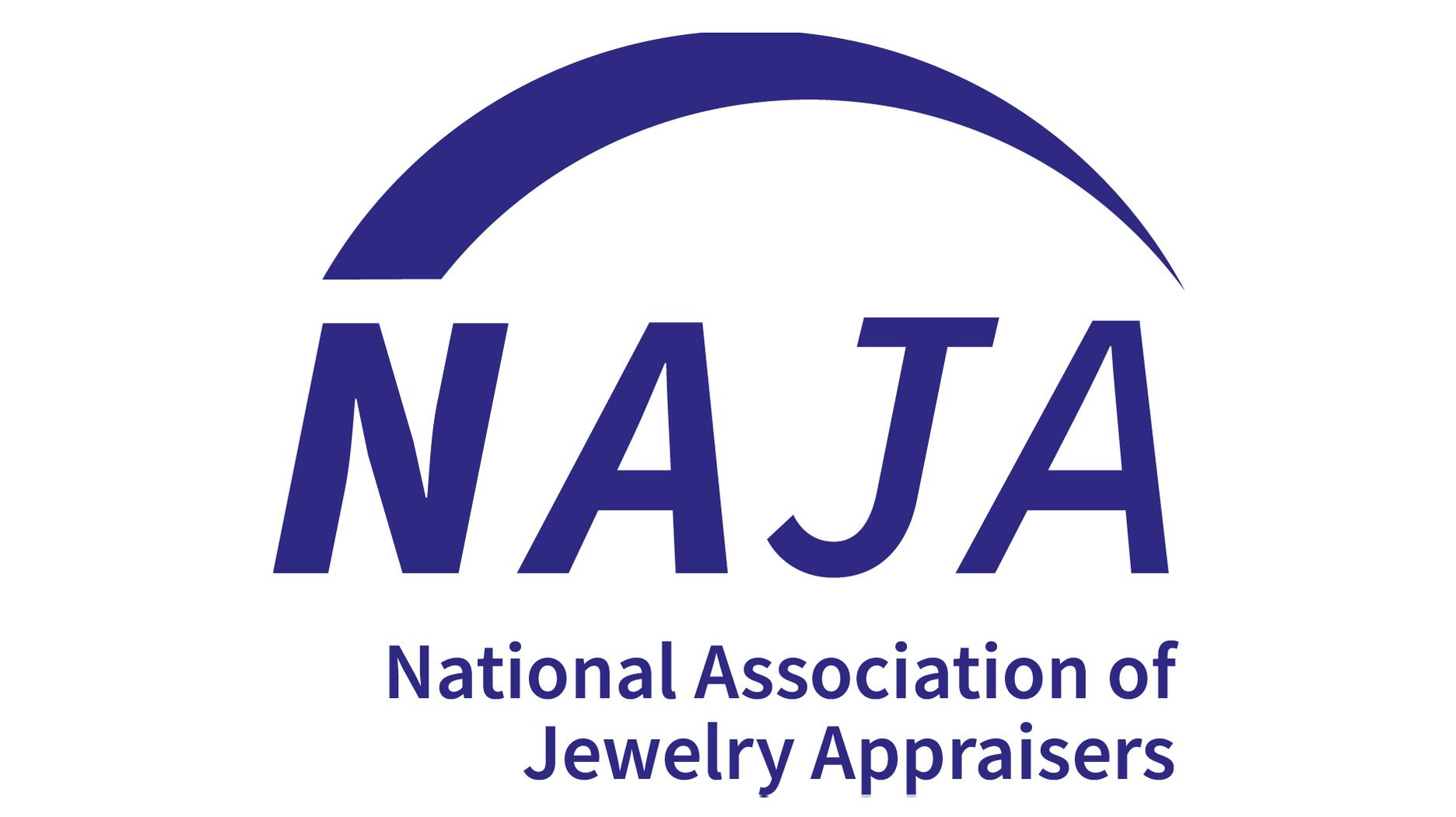De Beers’ Branded, Traceable Diamonds Roll Out to 19 Retailers
Called “Origin by De Beers Group,” the loose, polished diamonds are being sold in a total of 30 stores in the United States and Canada.
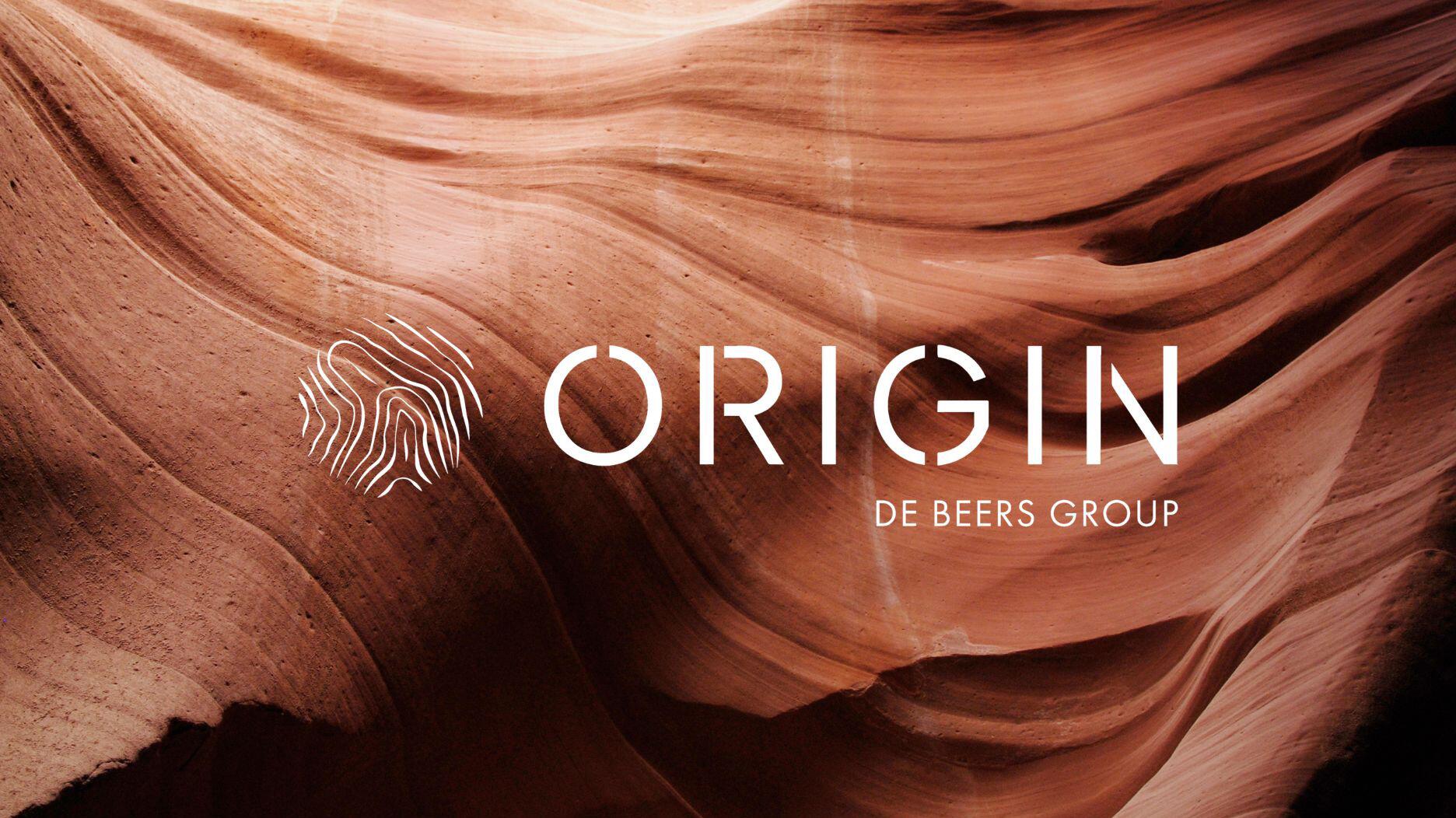
Unveiled earlier this year, Origin diamonds are loose, high-quality polished stones that have been tracked from the mine all the way through the cutting and polishing process using Tracr, De Beers’ blockchain platform that’s been in development since 2018 and was launched at scale in 2022.
Two De Beers sightholders, Grandview Klein and Mahendra Brothers, are distributing the diamonds and 19 jewelers in the United States and Canada—all high-end independents—are carrying them.
(See below for the full list.)
Among them is J.R. Dunn Jewelers, an independent whose now-president, Sean Dunn, has been a vocal supporter of natural diamonds and the benefits they bring to the communities where they are mined.
In an interview Thursday, Dunn explained what consumers see when they come into his Lighthouse Point, Florida, store and interact with Origin De Beers Group diamonds.
All loose diamonds that are predominately 2 carats and up, the stones are housed in a branded display styled to look like a desertscape.
Dunn said there are QR codes on the display that correlate to each diamond.
When accessed, the QR code pulls up a page that gives consumers a plethora of information about the stone, including how it looked in rough form and how it was cut, as well as standard grading information (the four Cs).
The page states each diamond’s exact country of origin—either Botswana, Namibia, South Africa, or Canada—and shares information about the people surrounding the mine and the good diamonds have done for them.
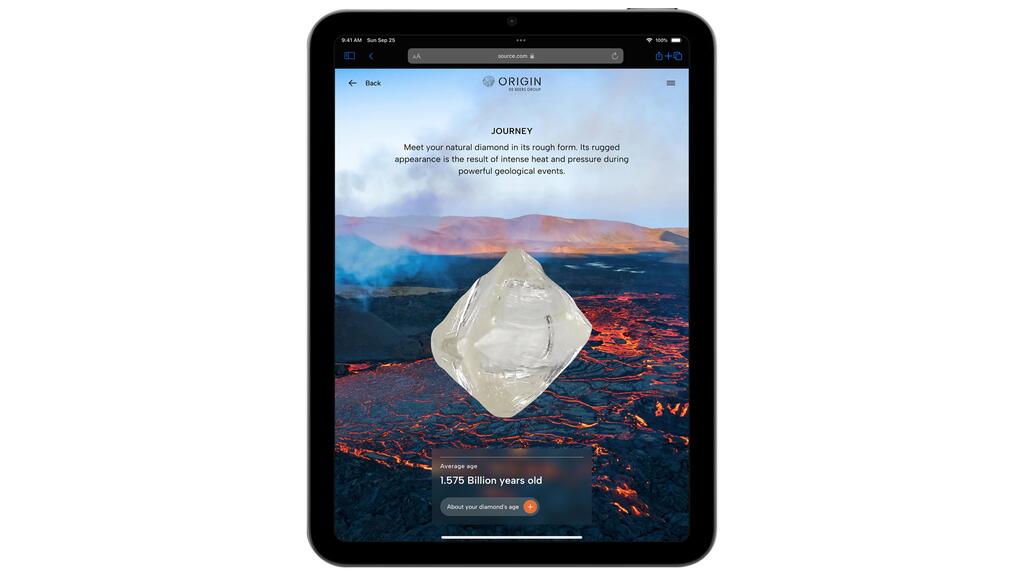
It also provides what De Beers is calling the De Beers Group Natural Rarity Score, which takes into account a diamond’s carat weight, color, and clarity and measures it against De Beers’ production in a given year.
“I love it,” Dunn said when asked about having Origin De Beers Group diamonds in his store. “I’m very involved with the human side of it and I think about what this means for the countries and the beneficiation side of it.”
“That’s my favorite part, but I think my customer also have the part they love—a high-quality diamond,” he said.
Dunn doesn’t disagree when asked about the most common counterpoint to any discussion about diamond origin—that consumers never ask, and simply do not care, where their diamond comes from.
He said while that may be true, he thinks the issue of ethics lingers in the back of consumers’ minds, and it’s one of the reasons they give—whether true or not—when explaining why they chose a lab-grown diamond over a natural one.
“This (Origin De Beers Group) allows you to tell the human story of it and that’s a really big deal. It’s a rallying point for the industry,” Dunn said.
Origin De Beers Group is a culmination of years of time, effort, and money De Beers has poured into being able to trace diamonds from mine to market, and to relay the story of the diamond’s journey and impact at a retail level.
It’s a marketing tactic that’s used with other products and one that, in De Beers’ view, has been underutilized when it comes to its diamonds.
The company formally introduced the program earlier this year at its annual breakfast held during the Las Vegas shows.
In an interview with National Jeweler following the breakfast, De Beers CEO Al Cook discussed the company’s “fundamental belief” that people want to know the source of the goods they purchase, whether it’s a shirt, a steak, or coffee.
He acknowledged that when people enter a jewelry store, their first question is never, Where is this diamond from?
But De Beers wants it to be so it can share stories about the people who benefit from the economies its mines create, and the hundreds of millions of dollars it has spent on sustainability initiatives over the years, Cook said.
“It seems to us there’s a fantastic story to tell, and a story that hasn't been told well enough. We would like the customers of the future to ask the question, ‘Where is my diamond from? Is it ethical, is it sustainable, and is it responsible?’”
There are 17 retailers in the U.S. carrying Origin De Beers Group diamonds, and two in Canada, with the diamond stocked in a total of 30 doors.
The retailers are:
Bachendorf’s in the Dallas area;
Bijouterie Italienne P.M. Inc. in Montreal;
Blakeman’s Fine Jewelry in Rogers, Arkansas;
Brown & Co. Jewelers in Atlanta;
CH Premier Jewelers in California;
Gunderson’s Jewelers in the Midwest;
Hamra Jewelers in Scottsdale, Arizona;
Hamilton Jewelers in New Jersey and Florida;
J.R. Dunn Jewelers in Lighthouse Point, Florida;
Kimball’s Jewelers in Knoxville, Tennessee;
Korman Fine Jewelry in Austin, Texas;
London Jewelers in the New York City area;
Lugaro Jewellers in Canada;
Mountz Jewelers in Pennsylvania;
Razny Jewelers in the Chicago area;
Tara Fine Jewelry in Buford, Georgia;
Underwoods Fine Jewelers in Fayetteville, Arkansas;
Wempe in New York City; and
Windsor Jewelers in North Carolina.
The Latest

In its annual report, Pinterest noted an increase in searches for brooches, heirloom jewelry, and ‘80s luxury.

Starting Jan. 1, customers can request the service for opal, peridot, and demantoid garnet.

The 111-year-old retailer celebrated the opening of its new location in Salem, New Hampshire, which is its third store in the state.

How Jewelers of America’s 20 Under 40 are leading to ensure a brighter future for the jewelry industry.

The new catalog features its most popular chains as well as new styles.


The filmmaker’s personal F.P. Journe “FFC” prototype was the star of Phillips’ recent record-setting watch auction in New York.

The new location in the Design District pays homage to Miami’s Art Deco heritage and its connection to the ocean.

Roseco’s 704-page catalog showcases new lab-grown diamonds, findings, tools & more—available in print or interactive digital editions.

Inflations, tariffs, and politics—including the government shutdown—were among consumers’ top concerns last month.

Silas Smith of Meridian Metalworks won the challenge with his pendant that blends Australian and American landscapes.

The sale of the 31.68-carat, sunset-hued stone was part of Sotheby’s first series of events and auctions in Abu Dhabi.

Most customers who walk into your store this month have made up their minds. Your job is to validate their choice, Emmanuel Raheb writes.

The collection features characters and motifs from Ukrainian folklore, including an enchanted mirror and a magic egg.

MatrixGold 3.11, the newest version of the jewelry design program, offers more flexibility, precision, and creative control.

The pavilion will be part of the 2026 JA New York Spring show, scheduled for March 15 to 17.

Kadet, a 1994 National Jeweler Retailer Hall of Fame inductee, helped grow the family-owned retailer in the Chicago area and beyond.

Billed as the world’s smallest wearable, Lumia Health’s new smart earrings have a health tracker subtly embedded in the back.

Don’t let those with December birthdays feel blue. Help them celebrate their month with blue zircon, turquoise, and tanzanite.

The new pink sapphire version of the piece dances with its wearer in the brand’s “Icons After Dark” holiday campaign.

A choice that’s generated a lot of commentary, Pantone says “Cloud Dancer” marks a fresh start and encourages relaxation and creativity.

The manufacturer’s holiday campaign features a gift guide filled with trending designs and jewelry that can be personalized.

The man was charged with theft, accused of ingesting the necklace while in a jewelry store in Auckland, New Zealand.

The Florida independent expanded its store from 8,000 to 14,000 square feet, fulfilling the vision of its late co-founder, Jim Dunn.
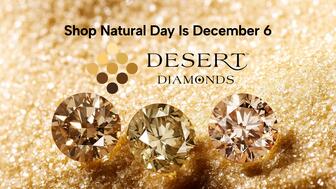
Sponsored by De Beers Group
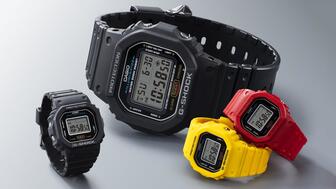
The classic 5600 series G-Shock has been scaled down to about a tenth of its size, becoming a fully functioning watch ring.

The association’s annual conference and gala will take place Feb. 4, 2026, during the Tucson gem shows.

The January show will include a workshop for jewelry retailers on implementing AI to strengthen their businesses.














